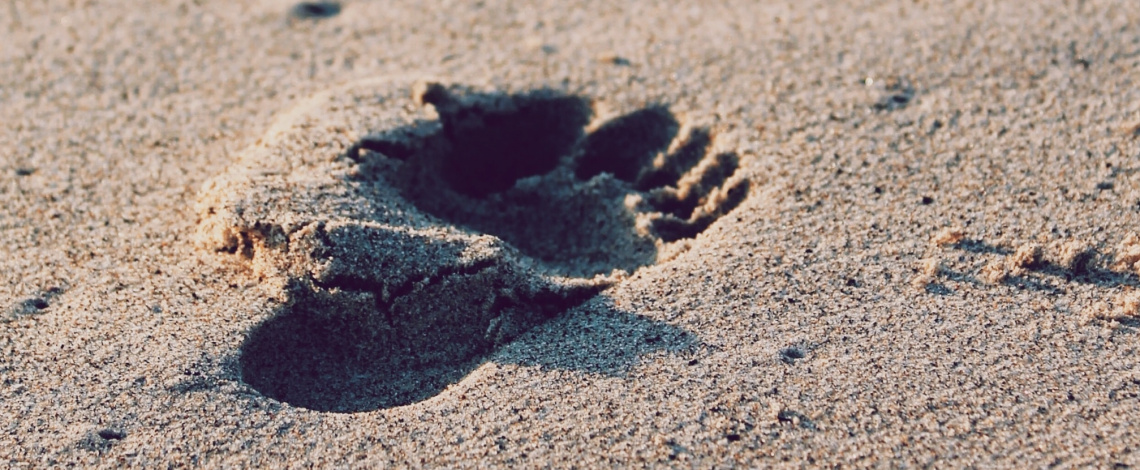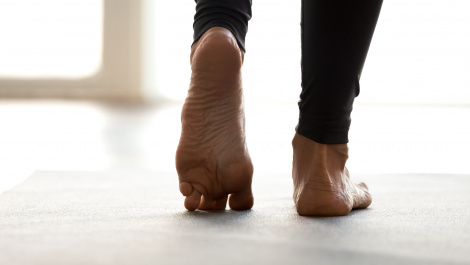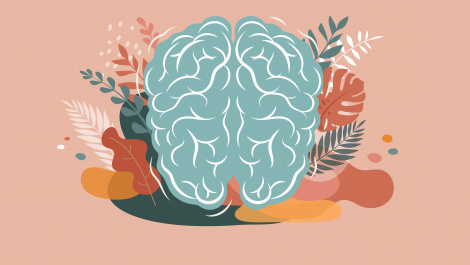In our day to day lives we don’t think about our feet in anatomically. In fact, perhaps the only time we notice them is when they feel sore, tired or we feel discomfort. We don’t consider how amazingly strong, intricately complex, resilient and biomechanically important our feet are and what a pounding they take carrying us through our lives.
Think about your feet for a moment:
Our feet contain 26 bones, 36 joints, and more than 100 muscles, tendons and ligaments, all intricately covered and protected by a continuous body-wide web of connective tissue we know as fascia. Every move we make in an upright, weight bearing position involves our feet.
With twice as many feet as people in the world, there are many variances; flat feet, pronated feet, supinated feet, wide feet, narrow feet. Genetics mean that often, we “inherit” our feet - we might have our mother’s crooked toes, grandmother’s ‘fat’ ankles, father’s longer second toes, and flat feet can “run” in the family!
In Western society, many forsake comfort for aesthetic appeal, often with dire consequences. We incur injuries and abnormalities such as arthritic toes, inflammation, swelling, calluses, bunions, tendonitis, Plantar Fasciitis, Morton’s neuromas and the list continues.
How we treat our feet is crucial to living and aging well, so we should nurture, care for and learn to love our feet
You can also try the ANKLE MOBILISATION program if you want to spend some extra time on your feet.
Let’s understand why
We exist in gravity - we have weight and we rest on the surface of the earth. In verticality, the feet are the connection of our bodies to the earth and to the rest of the body via our ankles, knees, hips, pelvis and all the way up to our heads. Picture yourself as an intricate chain. The nerve endings in your feet provide your nervous system and brain with information about your body’s position in the space around you. This is called proprioception. Our bodies are dynamic structures moving in an ever changing, dynamic environment. We find our balance and homeostasis (stability and equilibrium) in our feet. Out feet have enormous ‘intelligence’; some of our Meridians and energetic pathways begin or end in our feet and according to Reflexology theory, every body part is represented and can be accessed and treated via our feet. Our feet are without doubt a vital part of our moving anatomy.
Visualise how you move:
When any part of the body moves the entire body responds. Movement is like a spring. We always move from a base of support - an unmoving surface or structure from which movement is initiated. In sitting that would be the pelvis; in walking, jogging jumping hopping or running, it is the feet. In walking, we push off the ground using the joints in the foot, initiating movement instantaneously.
Just picture all the things that happen when you take a step forward. Movement is transmitted to the ankle and then the shin bone which moves forward as the heel bone slides backwards. As the shin bone comes forward the body is propelled forward, and all the body parts from the feet to the head respond.
The main feet-ure
In walking and running there is great impact on the foot. The spaces between the bones of the foot widen and lengthen as it comes in to contact with the ground and they narrow and arch as it lifts. This cushioning of movement acts both to protect the feet and to provide spring for the next step. The spring action comes from the lengthening provided as the connective tissue wraps and extends the joints. It might seem little complicated, but pay attention to your feet next time you go for a walk.
Foot injuries can occur if they, or any of the other parts of the body, are not free to move.
A stiff hip joint on one side could transmit stiffness through the body; perhaps the leg on the stiff side doesn’t lengthen as fully as we move, and so over time our hips become mal-aligned and a ‘leg length discrepancy’ can occur. This results in more pressure on the foot on the shortened side as we walk and move. This change alters our gait pattern which in turn could result in foot injuries – collapsed arches and over pronated feet on the shortened side and /or supination and stiffness in our ankle on the lengthened side.
As mentioned, when we move our whole body responds, and foot and ankle injuries could be caused by a problem somewhere else. Stiff joints are compromised joints with less spring action, and can easily be strained and sprained. Finding and fixing the problem area will improve the biomechanics, gait and thus foot and ankle issues.
The most common causes of foot injuries, and how to treat them
Foot injuries occur mostly due to...







Comments